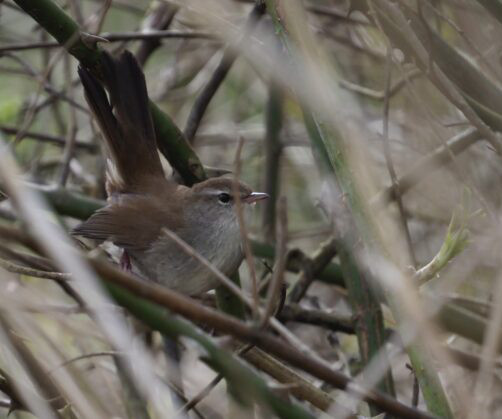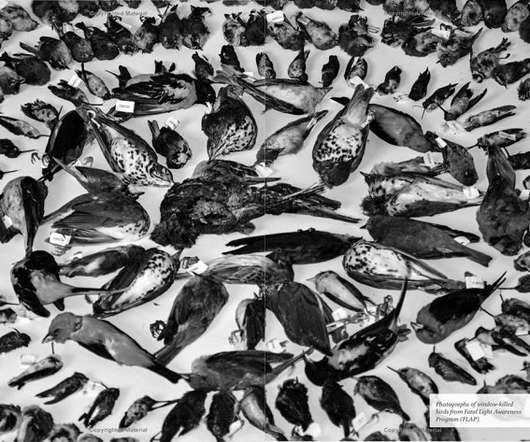What’s in a Name?
10,000 Birds
NOVEMBER 17, 2023
Call me old fashioned if you like, but I rather like many of these old names, as they put a bit of colour and interest into birding, especially if you bother to investigate who exactly the birds are named after. There are many who think that the whole idea is ridiculous, while others believe that it is long overdue.












Let's personalize your content